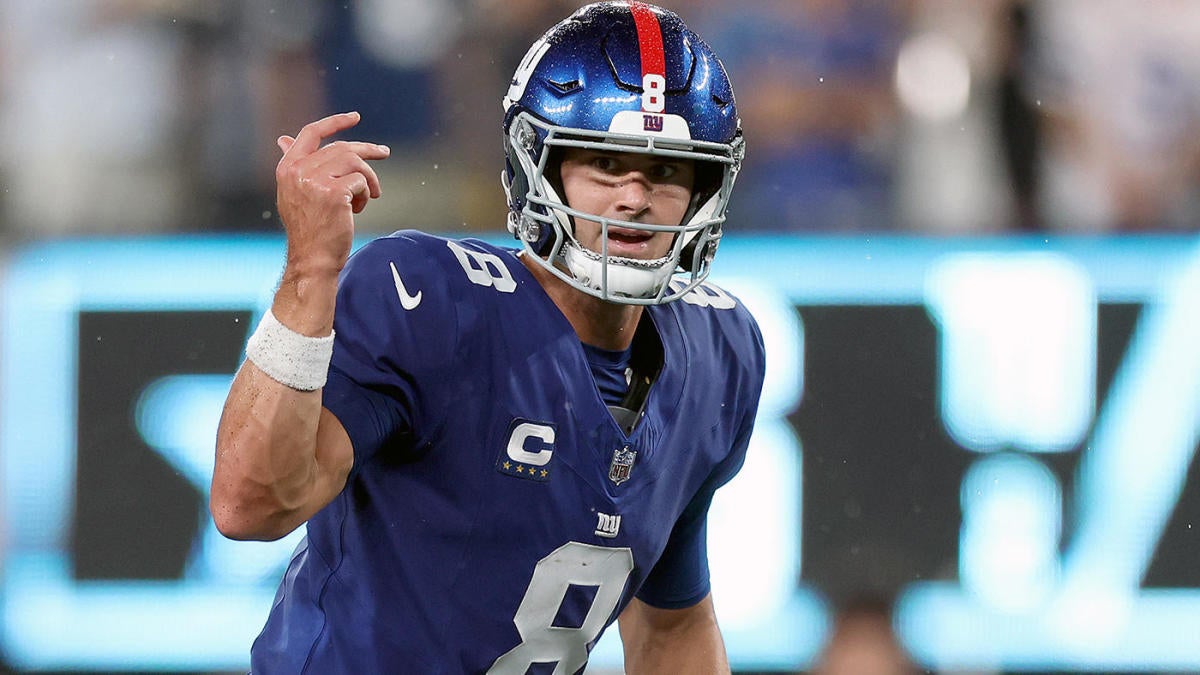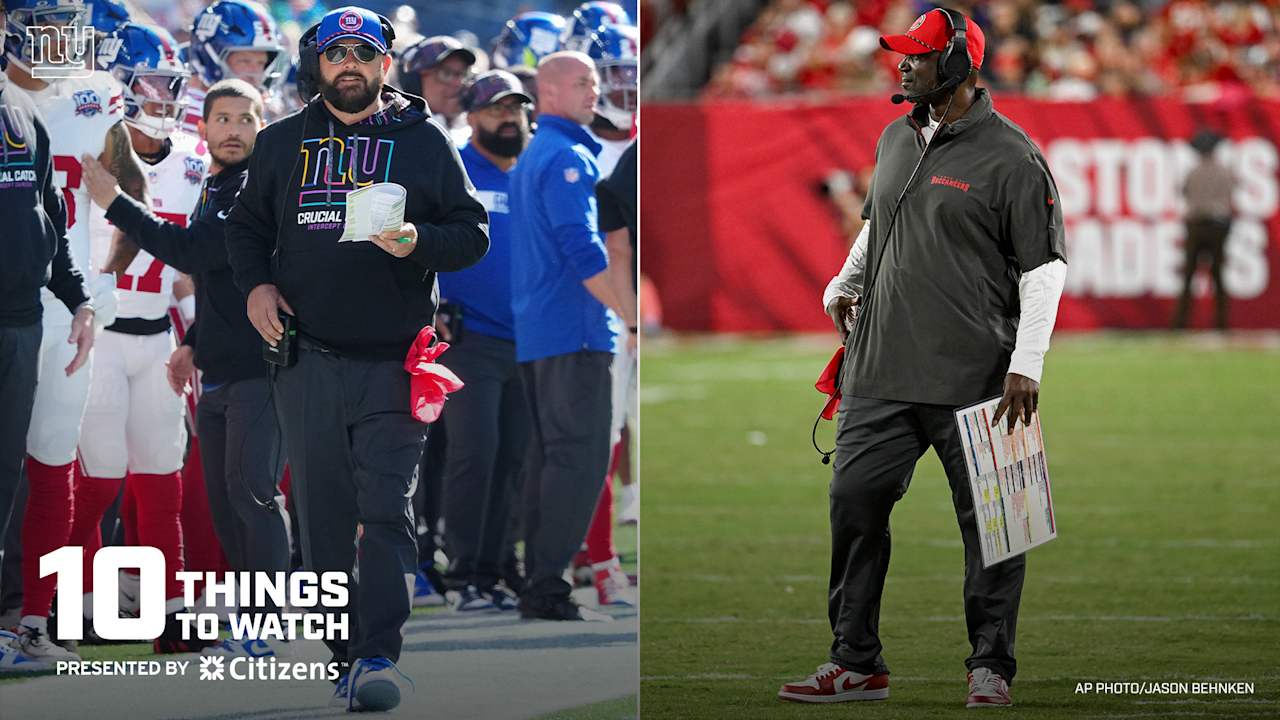Tennis
Why Aryna Sabalenka’s U.S. Open match started after midnight, the latest start in its history

NEW YORK — How does a U.S. Open tennis match start at eight minutes after midnight?
It starts with long afternoon of tennis in Arthur Ashe Stadium.
Coco Gauff took three sets, and more than two hours, to beat Elina Svitolina. Frances Tiafoe took more than four hours, and five sets, to beat Ben Shelton.
That match ended just before 7 p.m., but workers needed more than an hour to clean and prepare the stadium for the night session, which didn’t start until around 8:30 p.m., 90 minutes after its scheduled start.
Then came Novak Djokovic and Alexei Popyrin’s topsy-turvy encounter that ended in a stunning exit for Djokovic, the defending champion. That lasted three hours and 19 minutes, finishing just before midnight. Popyrin did a quick interview on court, and then it was time for Aryna Sabalenka and Ekaterina Alexandrova to start. At an hour when world-class athletes in the middle of one of the most important events of the year should be heading to bed, and in the first year of the U.S. Open’s new Late Finishing Match Policy.
“The fact that they would start matches this late is astounding,” said Robby Sikka, the medical director for the Professional Tennis Players Association (PTPA). “There is no industry that allows things like this. Medicine, airline travel, transportation. We protect folks. This is incredible.”
The U.S. Tennis Association (USTA) this year introduced the policy to soften the chances of players staying on court until the small hours. In a statement in those small hours Saturday morning, it said that “the Tournament Referee took into account a number of factors while making the decision as to whether to move the match, including the pace of play of the Djokovic-Popyrin match, as well as weather conditions, fan accommodations, and timing considerations.”
The organization’s policy gives it the right to move a match off a court if the longer matches that come before it push the start time beyond 11pm, without asking the players if that’s what they want to do.
That had plenty of people checking their watches, wondering if or when Alexandrova and Sabalenka might move to another court. The Grandstand was available.
After coming through 2-6, 6-1, 6-2, Sabalenka said that she did want to play on Ashe, the biggest stadium in the sport, but before the men.
Tournament officials were watching the clock closely, trying to keep the communication lines open with the players. They delayed the decisions as Djokovic won the third set at a canter, changing the rhythm of a match that had moved more slowly to begin with. The fourth set started quickly too, but then slowed down, as Popyrin regained his composure. The “final determination” would be made no later than the end of that set. It proved to be the end of the match.
The USTA ensured the Grandstand would be available. Djokovic and Popyrin had played out two lengthy matches at the Australian and Wimbledon. This was probably coming. On Louis Armstrong, Alexander Zverev and Tomas Martin Etcheverry were on court until 2:35 a.m. The second-latest finish in tournament history, behind Jannik Sinner and Carlos Alcaraz’s 2:50 a.m. walk-off in 2022.
“No sport would allow this,” Sikka said. “And frankly it’s demeaning to the women that waited because they could just as easily have played on another court and they would love to get the rest. It’s shameful.”
(Mike Stobe / Getty Images)










